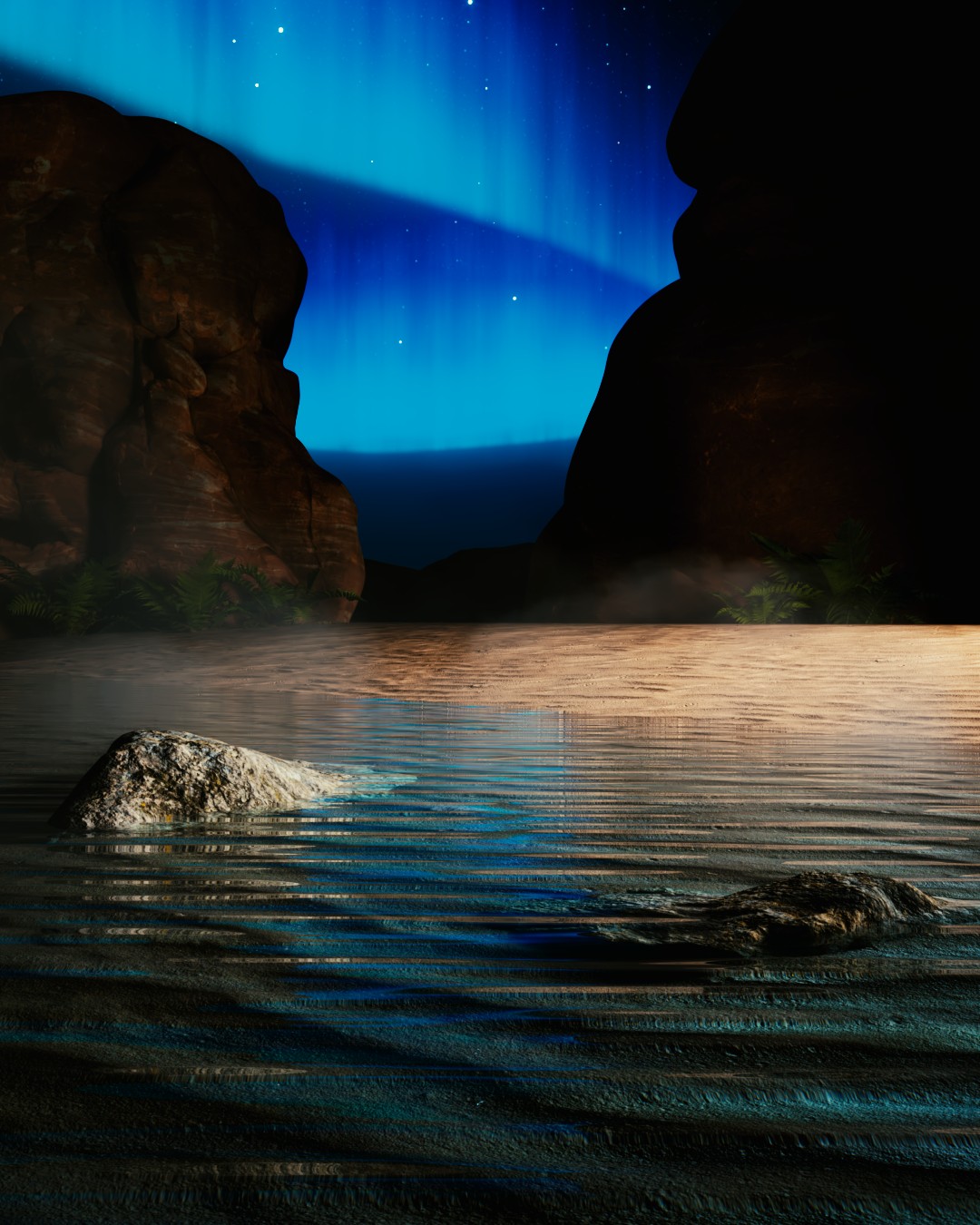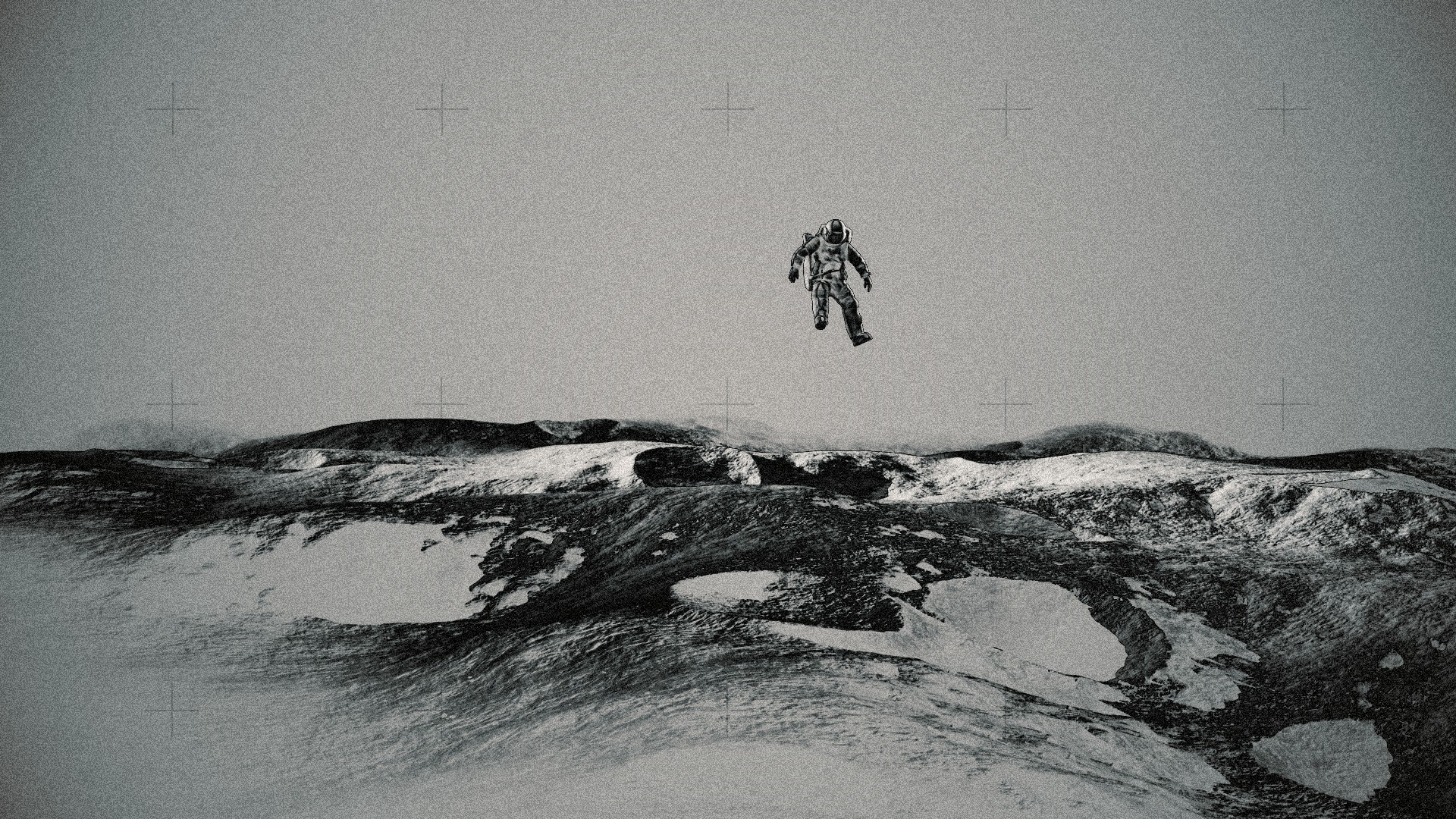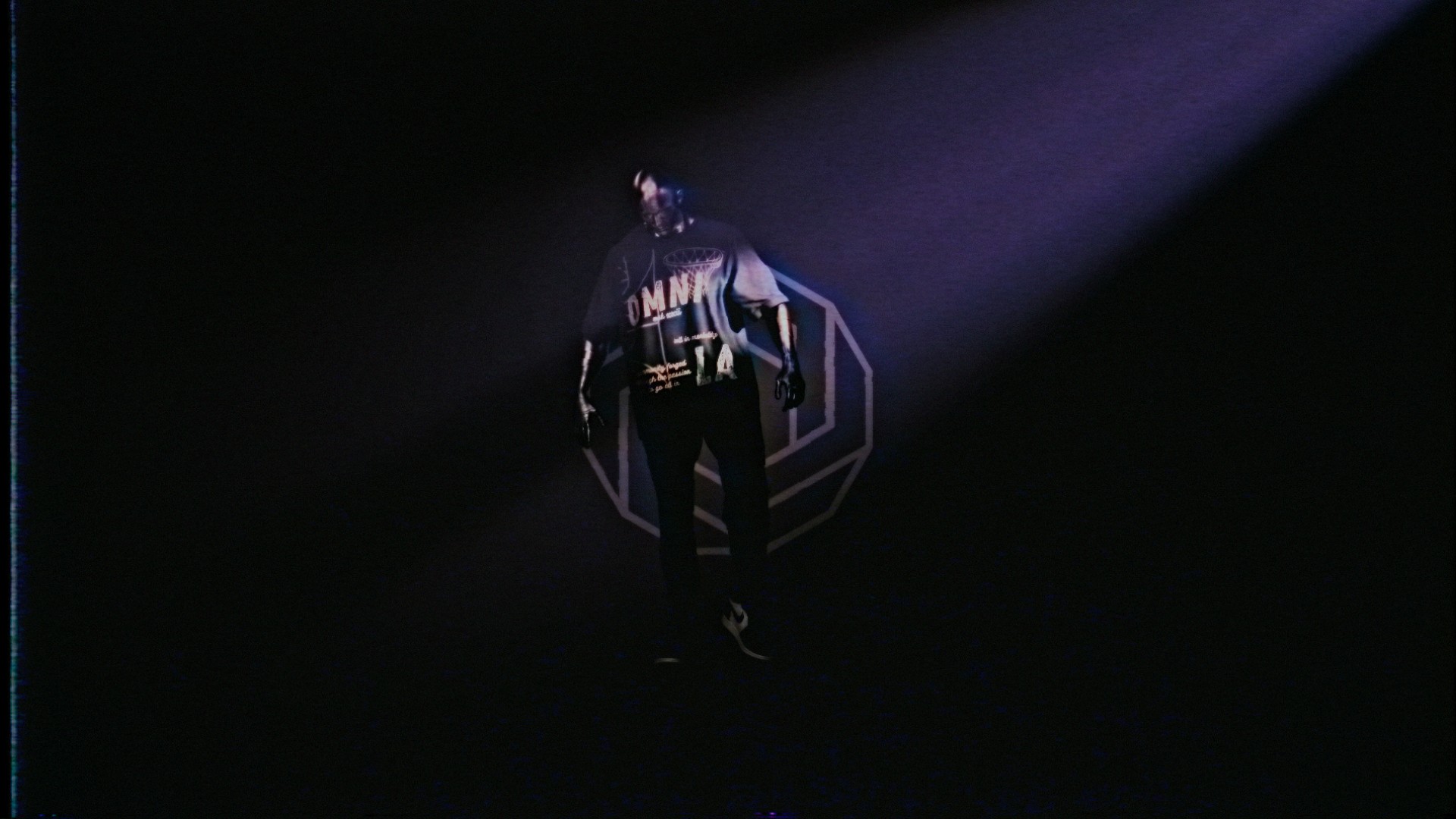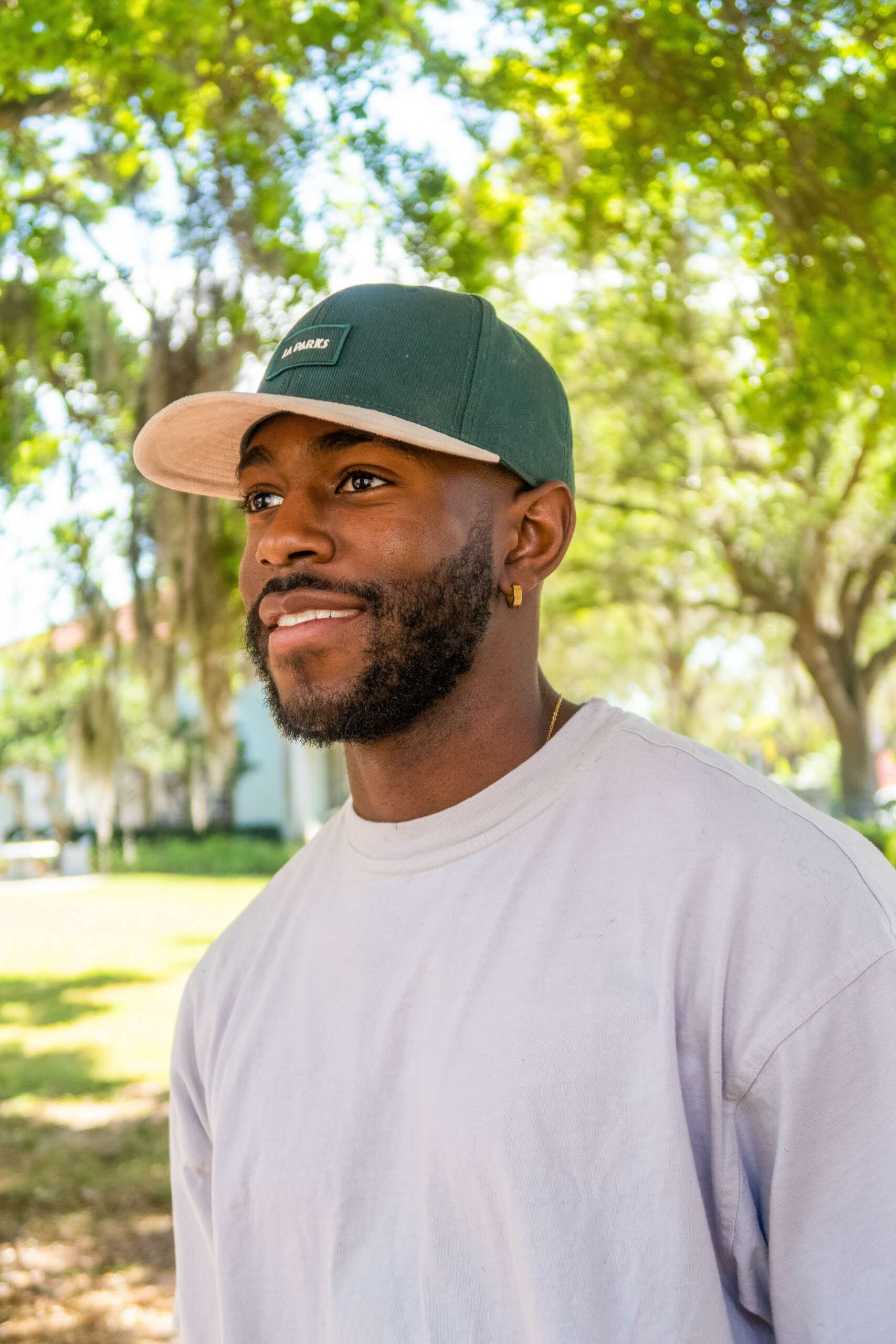We caught up with the brilliant and insightful Jordan McBarnett a few weeks ago and have shared our conversation below.
Jordan, thanks for joining us, excited to have you contributing your stories and insights. Did you always know you wanted to pursue a creative or artistic career? When did you first know?
Since I was young, I always imagined worlds in motion, yet I lacked clarity on what I was truly pursuing. Despite being a visual learner, my schooling didn’t recognize this as a viable career path. In 2005, I received my first Lego set for Christmas, igniting a passion for building and creating. Years later, I delved deeper into the world of Lego, exploring stop-motion animation through Brickfilms on YouTube. This captivated me entirely, leading me to learn animation and filmmaking through this medium. I started a YouTube channel to showcase my Lego films to a wider audience, alongside my growing love for cinema and franchises like Star Wars, solidifying my desire to pursue a career in the film industry.
At 14, I joined a robotics club, initially contributing to design but later becoming the team photographer due to a toxic team dynamic. Despite feeling ineffectual, I discovered my passion for photography, finding beauty in capturing the robot-building process and my team’s endeavors.
When it came time to choose a college path, my parents pushed for a tech-focused career, but I realized I was more inclined towards creative vision than technical problem-solving. Meeting a motion design graduate from SCAD named Joash Berkeley in 2018 affirmed my aspirations. Initially, I hesitated, accepting a spot at RIT in Rochester, New York for Interactive Technology before ultimately switching to Ringling College in Sarasota, Florida in the summer before my freshman year, setting the course for my future.

Great, appreciate you sharing that with us. Before we ask you to share more of your insights, can you take a moment to introduce yourself and how you got to where you are today to our readers.
For those unfamiliar with me, I’m Jordan McBarnett, a 3D Artist and Motion Designer of Trinidadian descent. I graduated with a BFA in Motion Design from Ringling College of Art and Design. My work revolves around abstract designs, exploring lighting techniques, crafting cinematic compositions, and employing vibrant, contrasting colors. Currently, I’m involved in creating motion graphics for the Tampa Bay Buccaneers, while also freelancing on visualizers for various products, music, promotions, and more.
Typically, when clients approach me, they seek something distinctive for their brand—fresh content to captivate their audience, not through conventional marketing means, but through an artistic, visual approach.
What I’m most proud of is creating visually stunning pieces that elicit “wow” reactions from people. It’s always gratifying, even without immediate recognition. However, I want to emphasize that I see myself as an artist first, then designer second. What truly engages people is the narrative behind the visuals and ideas, and I strive to prioritize that aspect consistently.

What can society do to ensure an environment that’s helpful to artists and creatives?
In a world where AI, particularly OpenAI and their Sora model, is increasingly prominent, it’s crucial for society to recognize that despite its benefits, it operates on a model that appropriates art from online artists without their consent.
Every artist and designer understands the magnitude of this issue, and I hope there will be regulations implemented to address it within the realm of AI.
It’s important for society to grasp that the creative landscape is undergoing both positive and negative transformations. Those who emerge successful will be the leaders in the field, while many others may struggle to find opportunities if designers and artists fail to adapt.
Whenever seeking inspiration, it’s essential to credit the original artists. Just as we undergo plagiarism training, these principles should apply universally.

Can you share your view on NFTs? (Note: this is for education/entertainment purposes only, readers should not construe this as advice)
NFTs represent a beacon of hope for digital artists. The COVID-19 pandemic highlighted the inherent value of digital art in society, extending beyond corporate advertisements.
Unfortunately, digital art, animation, and graphic design often go unnoticed in our fast-paced economy. However, when prominent figures like BEEPLE earn $69 million through NFTs, it draws attention to the potential of this space.
As cryptocurrency emerges as the dominant form of investment and spending, digital art gains increasing value as more people embrace it. Eventually, museums may even establish dedicated sections for digital art in their collections.
Overall, I am hopeful for the future of NFTs because they democratize the value and ownership of art, making it accessible to everyone rather than just the wealthy.

Contact Info:
- Website: www.jordanmcbarnett.com
- Instagram: https://www.instagram.com/jordan_motion/
- Linkedin: https://www.linkedin.com/in/jordan-mcbarnett-650141192/
- Twitter: https://twitter.com/headpods
Image Credits
All created by Jordan McBarnett Using Cinema 4D and Redshift.


